Last updated: June 3, 2024
Article
Restoring Open Space by Removing Vacant Structures
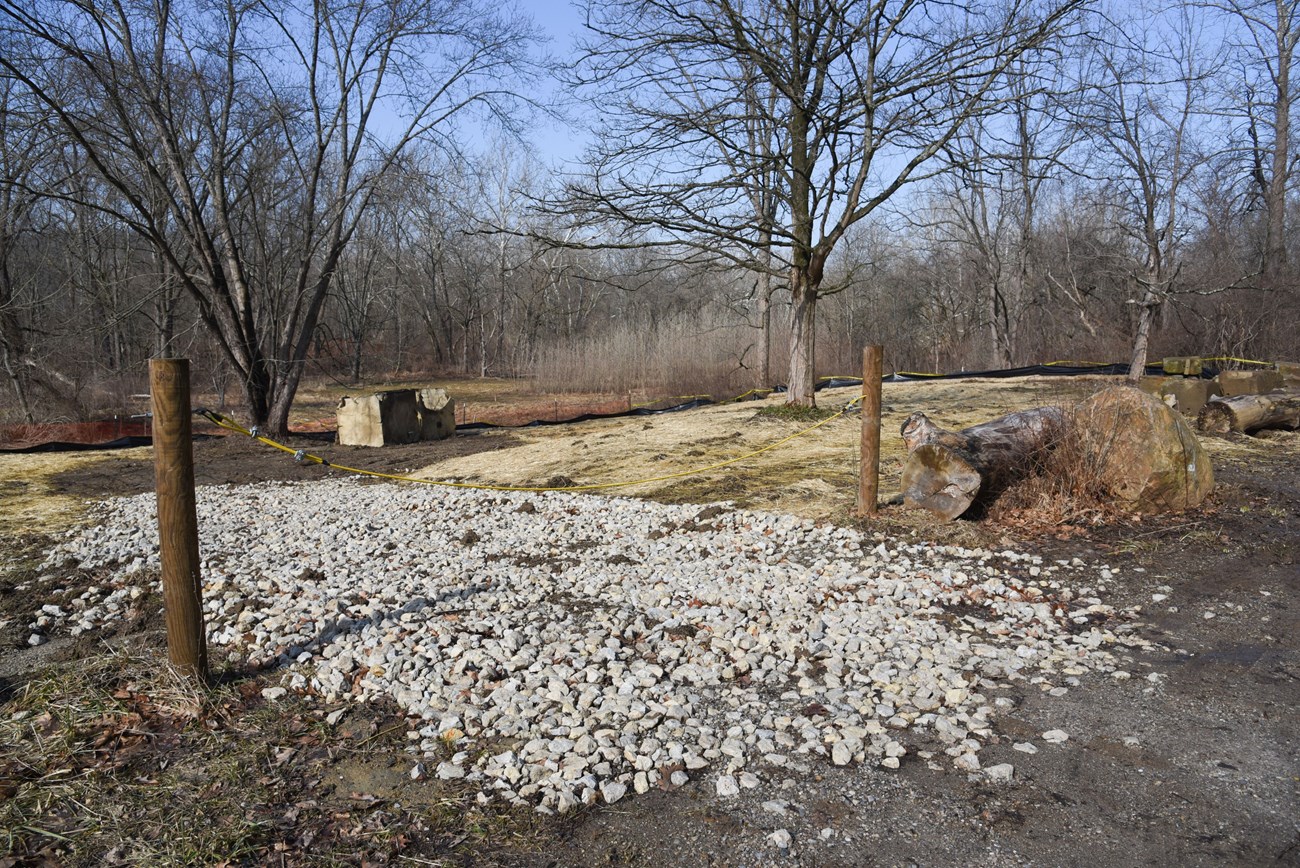
NPS / Tim Fenner
In spring 2022, Cuyahoga Valley National Park (CVNP) completed a $2 million project to remove 33 vacant structures and restore the land as forest. These buildings were non-historic. The properties were acquired decades ago as the park was established. This long-anticipated project was made possible by funding from the Great American Outdoors Act (GAOA).
"CVNP was created to protect and restore the Cuyahoga River valley and provide recreational open space for people” said Superintendent Lisa Petit. “This project will revitalize 12 acres of park land by returning it to its natural condition and help us provide visitors with a safer, more enjoyable experience.”
The removal of the buildings eliminated more than $7 million of maintenance backlog. Some of them had been vandalized and posed a safety hazard. Reforestation helps meet the goals outlined in the park’s Climate Action Plan and Strategic Action Plan.
The National Park Service bought these 11 properties in the late 1970s to 1980s. The government used eminent domain or a use-and-occupancy agreement. The latter allowed the seller to keep living in the house for a set period or until death, depending on the terms. While some of these buildings were old, they did not meet the National Register criteria for historic preservation.
The following two properties are of note because they are part of larger restoration projects. Both sites had multiple structures.
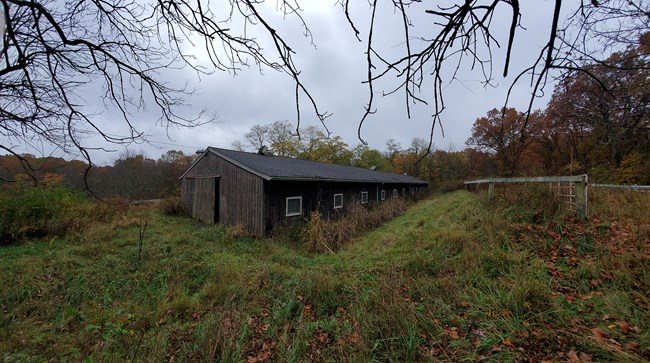
NPS / Mallory Klein
Transforming the Blackacre Farm Property
The National Park Service bought the land nextdoor to the Wetmore Trailhead from the Pittenger family in 1984-85. Peggy and Tress Pittenger had developed the Blackacre Farm into a successful horse breeding business specializing in Morgans and Thoroughbreds. The farm had numerous structures including a house, a barn, a granary converted to a chicken house, a horse arena, horse stable, and shed. The house was built ca. 1929, and the barn was built ca. 1884. The horse-related structures were considered modern, built in the 1970s. Tress was interested in applying conservation techniques to their land management, although his efforts also destroyed an important archeological site. When the national park was created, horse trails used by the Pittengers were developed into the Wetmore trail system. In recent years, volunteers and staff have planted thousands of trees in the Wetmore area. The national park is also installing green stormwater infrastructure here to protect the local streams, Dickerson Run and Langes Run, which feed the Cuyahoga River.
Learn more and watch our progress as we add to the Wetmore photo gallery.
Before and After
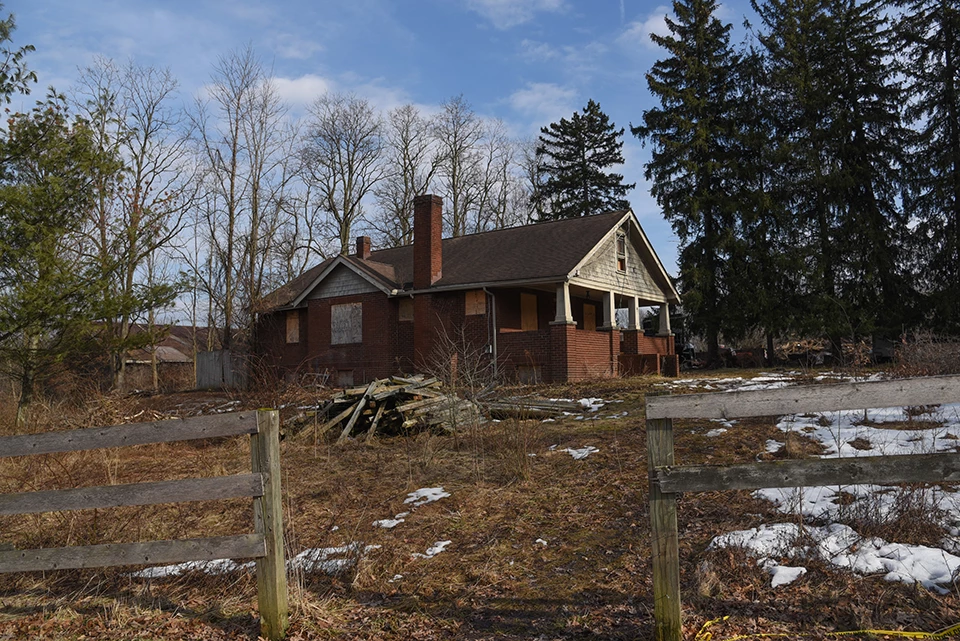
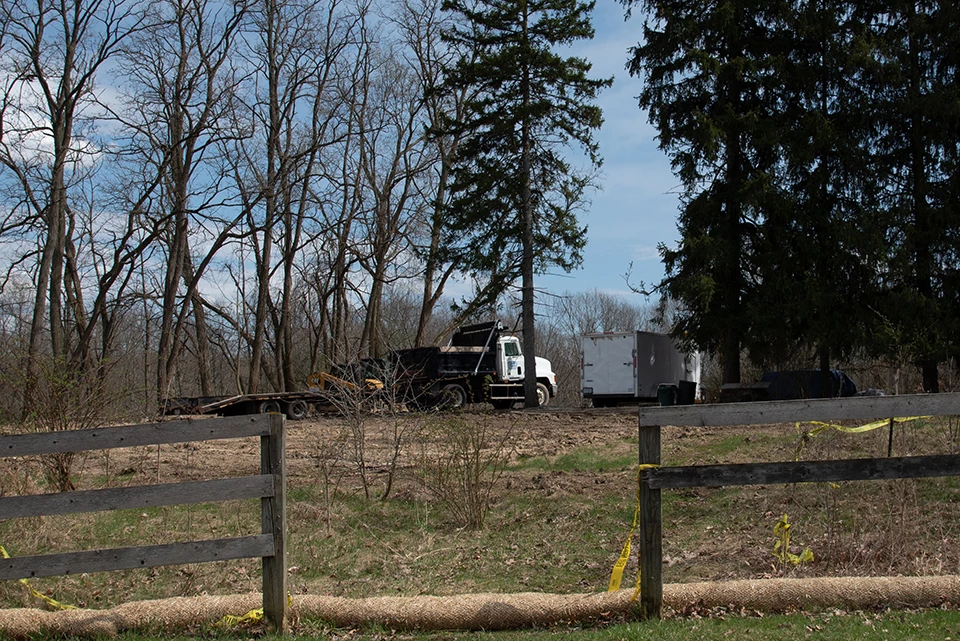
Left image
The house at Blackacre Farm in March 2022, as demolition began.
Credit: NPS / Tim Fenner
Right image
The former house site in April 2022, soon after demolition.
Credit: NPS / Tim Fenner
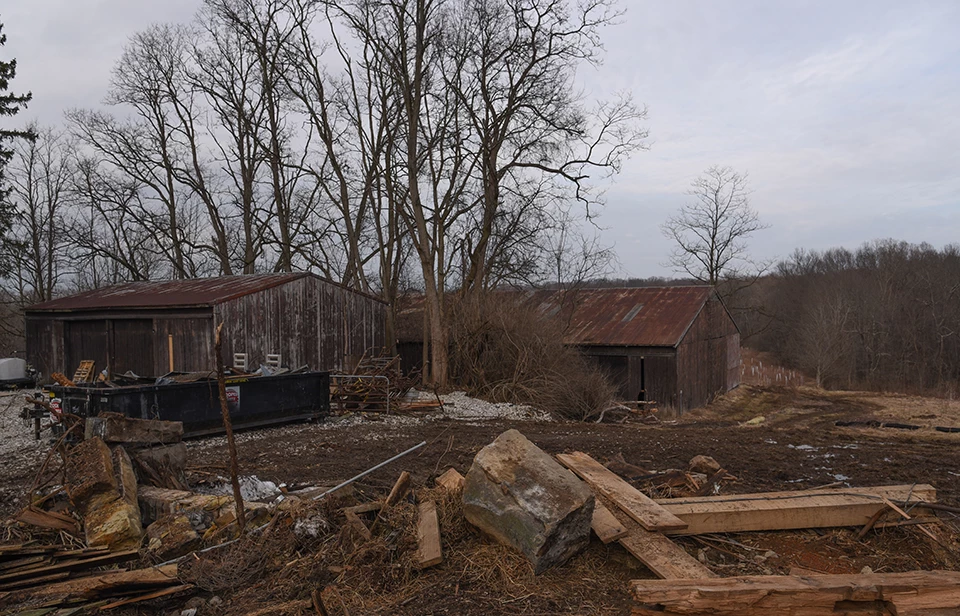
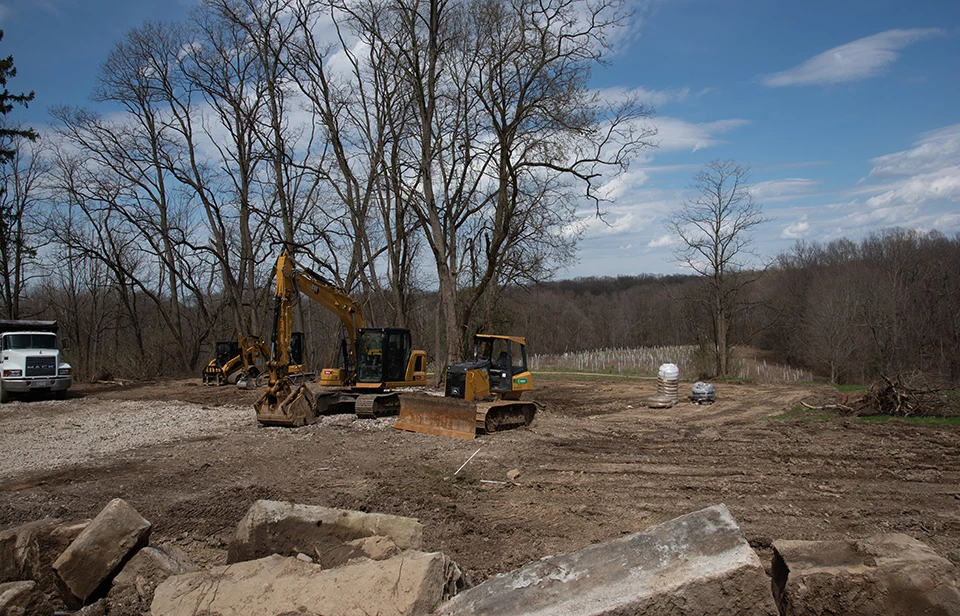
Left image
The demolition crew begins to salvage building materials at Blackacre Farm, March 2022.
Credit: NPS / Tim Fenner
Right image
A field of newly planted trees in white tubes is visible beyond where the Blackacre buildings once stood.
Credit: NPS / Tim Fenner
Changes Begin at a Riverfront Property
The second featured site is 3132 Akron Peninsula Road. It is across from the Neitenbach Farm, part of the park's farming program. The National Park Service had a use-and-occupancy agreement with the Grether family that ended in 2018. The property included a 1961 house, a modern outbuilding, and features such as an elevated roadway and driveway. This site is notable because it lies along the Cuyahoga, making it part of the regional river restoration effort.
New Funds to Address Old Problems
The Great American Outdoors Act became law in 2020. It established the National Parks and Public Lands Legacy Restoration Fund. This fund provides up to $1.9 billion per year for five years to make significant enhancements in national parks and other public lands. It is supported by revenue from energy development. The Great American Outdoors Act, the Bipartisan Infrastructure Law (2021), and other construction funding sources are part of a concerted effort to address the extensive maintenance backlog in national parks.
